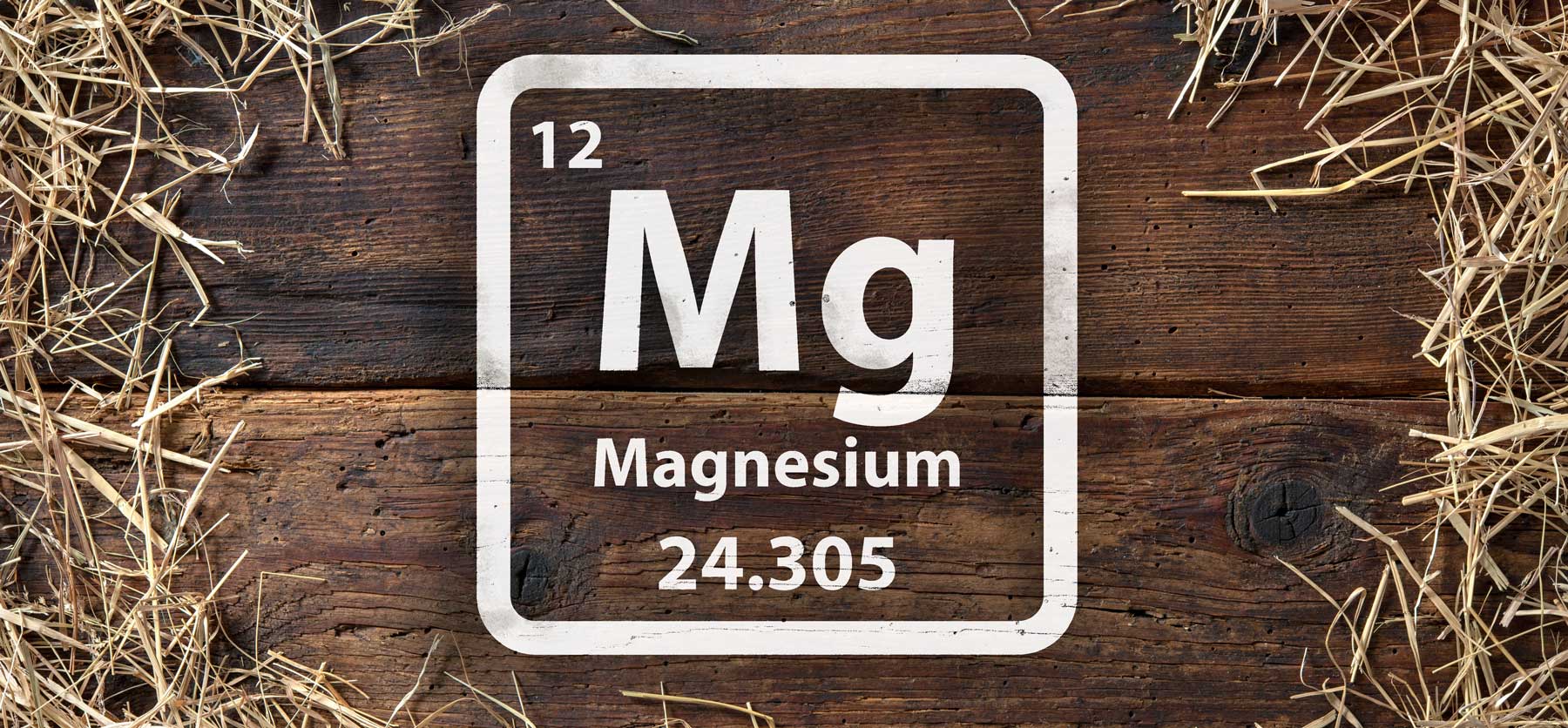Magnesium 101
Your horse may show multiple signs of deficiency, either continuously, or only during times of stress or competition when magnesium requirements are highest.
Take our Magnesium Questionnaire
Signs that your horse may be magnesium deficient:
- Very tight, sore back not related to activity, fitness level or saddle fit
- Horse never really relaxes
- Cranky about being brushed or palpated especially over the back on either side of the spine
- Cranky about being blanketed
- History of tying up
- Muscle tremors or all over trembling not related to outside temperature
- Requires long periods of lunging before being able to focus on work
- Does not tolerate work well and works up, not down
- Bucks shortly after workout begins, seems fine at first then bucks or balks
- Would be described as ‘thin skinned’ or hypersensitive to touch
- Chiropractic adjustments, massage and body work do not have lasting effects
- Has difficulty getting round or picking his back up under saddle, moves hollow
- Difficulty focusing on work, poor work ethic
- Can’t be still, repetitive movement, weaving, pacing, head bobbing
- Frequent tendon injuries





